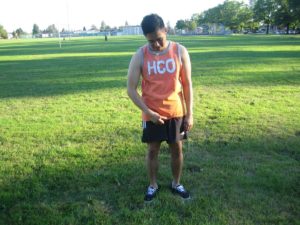Issues with the iliopsoas tendon can disrupt with ability to walk. The iliopsoas muscle has a role in moving the thigh and hip. If an individual develops iliopsoas tendonitis that is left undiagnosed, it causes discomfort while walking up or downhill and while flexing the knee into the chest.
Close look on the iliopsoas tendon
Even though the iliopsoas muscle covers a wide area in the hip, the tendon is small and inserts onto the femur. A ruptured or inflamed tendon can result to groin pain when pulling the knee into the chest. It is a swollen or tight sensation in the groin or discomfort that ceases during exertion only to recur once activity stops.
The individual might also experience “snapping hip” syndrome which typically affects runners, hurdlers and runners. It is characterized by a perceivable snapping sound while walking.
What are the possible causes?

The iliopsoas tendon and muscle are responsible for flexing the thigh to bring it forward to the trunk. Generally, overuse is one of the usual causes of injury to the tendon or muscle.
Sports involving repeated hip flexion such as running, hurdling and dancing has a higher risk for iliopsoas tendon injuries. Tearing or straining of the muscle is often brought about by abrupt contraction of the iliopsoas muscle which results to a tear or rupture of the muscle, usually at the site where the tendon and muscle links.
Management
The treatment for an iliopsoas tendon injury requires adequate rest. The individual should rest for 2-3 weeks for from activity responsible for the injury.
Reducing the intensity and distance of a workout is vital. Take note that it usually takes months for the injury to completely heal. In most cases, strengthening and stretching exercises are performed to gradually improve the range of motion.
